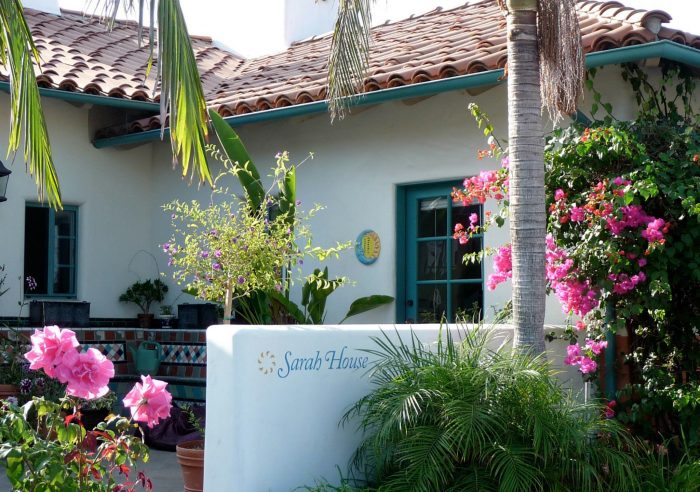
The Women’s Fund of Santa Barbara awarded grants to seven local nonprofits represented by, front row from left, Fran Forman of the Community Action Commission, Kristine Schwarz of New Beginnings Counseling Center and Kathleen Baushke of Transition House; back row from left, Debbie McQuade of Sarah House, Michelle Graham of the Children’s Resource & Referral, Lizzie Rodriguez of Conflict Solutions Center and Annmarie Cameron of the Mental Wellness Center. Courtesy Women’s Fund of SB.
Seven local nonprofits received a total of $460,000 in grants from the Women’s Fund of Santa Barbara on Monday afternoon at the Montecito Country Club, bringing the organization’s total contributions to the community, since it began in 2004, to more than $5.1 million.
“The Women’s Fund is an all-volunteer organization based on a simple, creative model — women combining our charitable donations so we can make a larger impact in the community than most of us are able to do on our own,” Women’s Fund co-chair Sallie Coughlin said. “We give large grants, frequently for programs that wouldn’t be funded by others. We are flexible — funding startups, established proven programs and capital projects — and we look for ways to leverage our investments. Our grants allow agencies to dream big and achieve those dreams.”
Local nonprofit organizations receiving awards were Children’s Resource & Referral, the Community Action Commission, the Conflict Solutions Center, the Mental Wellness Center, New Beginnings Counseling Center, Sarah House and Transition House.
Accepting the first grant of the day was Michelle Graham, executive director of Children’s Resource & Referral. The agency received $80,000 to increase the number of child-care spaces in new, women-owned family child-care businesses.
“Tragically, there is a critical shortage of child care in our community,” Graham said. “Since 2008, Santa Barbara has lost 300 child-care spaces, primarily in family-based child-care homes. Children’s Resource & Referral has an exceptional program to recruit and train providers and increase the quality of family-based child-care programs. This grant will give us the opportunity to aggressively recruit new providers. We are confident that in one year we can regain two-thirds of the spaces lost over the last seven years, which means there will be 200 new, high-quality child-care spaces for local children.”
Fran Forman, executive director of the Community Action Commission, accepted a donation of $80,000 for the Healthy Seniors Lunch program, which will serve more than 600 low-income and disabled seniors in the coming year.
“This funding will prevent senior hunger and provide a safety net to those who need it most,” Forman said. “Each day, our chefs prepare meals that are served in senior centers and directly delivered to the homes of seniors who are unable to shop or cook for themselves. Most Healthy Senior Lunch clients live on less than $16,000 per year. Without these meals, seniors report that they would need to choose between eating, paying rent or buying medicine. In most cases, for our clients at home, our drivers are the only visitor for the day.”
Lizzie Rodriguez, executive director of the Conflict Solutions Center, accepted a grant of $60,000 to launch a restorative justice program as an alternative to juvenile incarceration.
“The traditional method of addressing juvenile crime is punishment, isolation and shaming,” Rodriguez said. “Most people who move through the experience do not find it healing or satisfying. Victims often feel revictimized and their need for justice is unmet. … This method has been repeatedly proven to be unsuccessful. However, a restorative approach to addressing the harm caused by juvenile crime is profoundly impactful. A restorative approach operates from a belief that the path to justice lies in problem solving and healing rather than punitive isolation. Through a restorative process, juvenile offenders understand the impact their behaviors have on themselves, their families and their community. Young offenders are able to take responsibility for their actions and begin to understand and value their relationship with others.”
Accepting a $60,000 grant to fund the establishment of peer-to-peer support groups for families dealing with early onset teen mental illness was Annmarie Cameron, CEO of the Mental Wellness Center.
“With this generous funding from the Women’s Fund, families of teens and young adults … will have early access to a safe and compassionate community, emotional support and information about available treatment,” she said. “They will find reason to have hope about their family’s future, despite a diagnosis of mental illness in their family.”
New Beginnings Counseling Center received $80,000 to assist individuals and families living in their vehicles.
“New Beginnings serves over 2,000 families and individuals in the county of Santa Barbara,” Executive Director Kristine Schwarz said. “We serve those most fragile in our community including the homeless, people with severe and persistent mental illness, domestic violence victims, the elderly, veterans and many more. The funds that we have been awarded today will allow our Safe Parking Program to continue providing overnight shelter for families and individuals who live in their cars. In addition, your contributions will go directly towards transitioning our clients back into permanent and sustainable housing.”
Executive Director Debbie McQuade accepted a $50,000 grant for Sarah House to deliver hospice care to low-income individuals suffering terminal illnesses. The grant funds the equivalent of one caregiver position for one year in the residential care facility.
The final grant of the day went to Transition House, for $50,000 to install air conditioning and sound proofing in the family homeless shelter.
“We know we ask a lot of the families in our program,” Executive Director Kathleen Baushke said. “Over the three or four months they are with us, parents are expected to find jobs, take anti-poverty classes, and work with their case managers on creating — and sticking to — monthly budgets and savings plans. Children are encouraged to keep up with their schoolwork and do their best to behave in an unfamiliar environment. By the end of their stay, successful residents have solid employment, money saved for a security deposit, and life skills that will allow them maintain their housing long-term. We work with the children in hopes that they experience minimal negative impacts due to experiencing homelessness.
“While it is up to the parents to do the hard work of returning to permanent housing, it is our job to provide the best environment to facilitate their success. Given that shelter residents are already experiencing significant stress due to being homeless, we want to create an environment that is as low-stress as possible by reducing excessive noise and heat. With the help of the Women’s Fund, Transition House will be better able to support families in attaining permanent housing.”
Women’s Fund co-chair Nancy Harter concluded the event, stating, “What a huge moment for all Women’s Fund members and grantees — and for our guests. We come together to celebrate our year-long efforts as a community of smart and informed givers. I applaud each and every one of you for investing in the shared vision that together we have much more strength and clout as philanthropists than we do on our own.”
Laurie Tumbler and Christine Riesenfeld were the research committee co-chairs for 2014-15, and Stina Hans chaired the event.
Click here for more information about the Women’s Fund of Santa Barbara.
Originally published on Noozhawk on May 6, 2015.










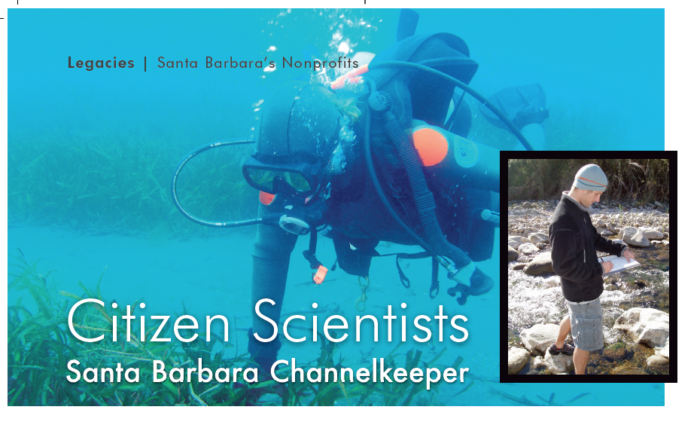

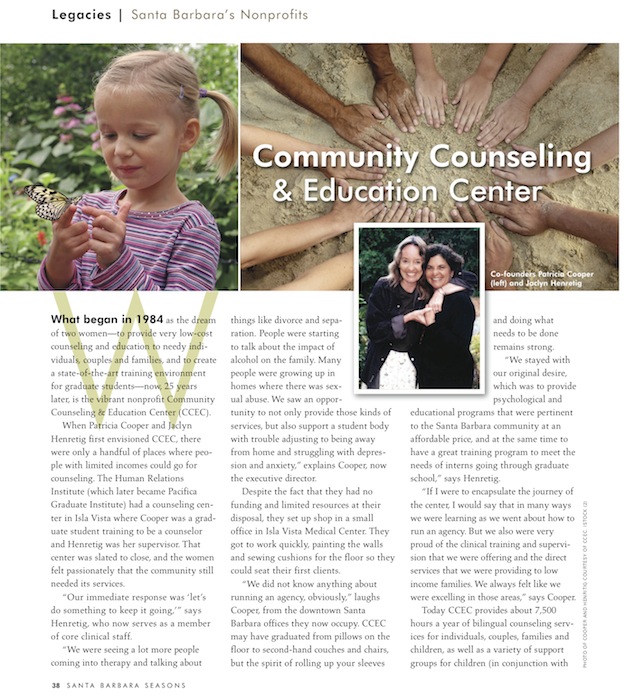 Celebrating 25 Years of Service
Celebrating 25 Years of Service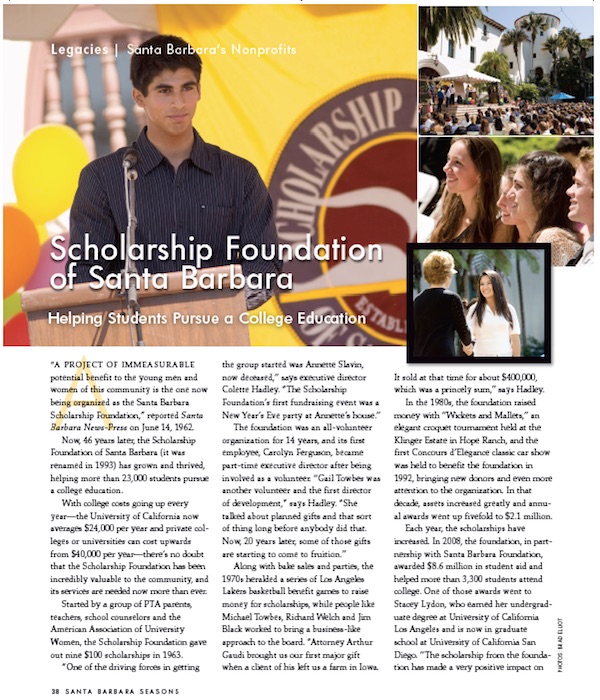
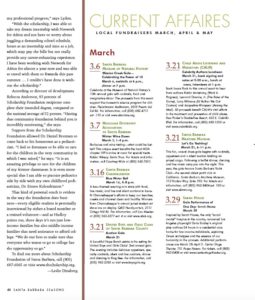
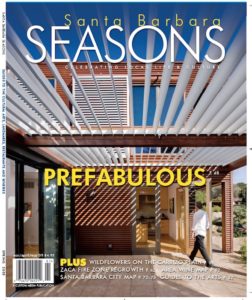
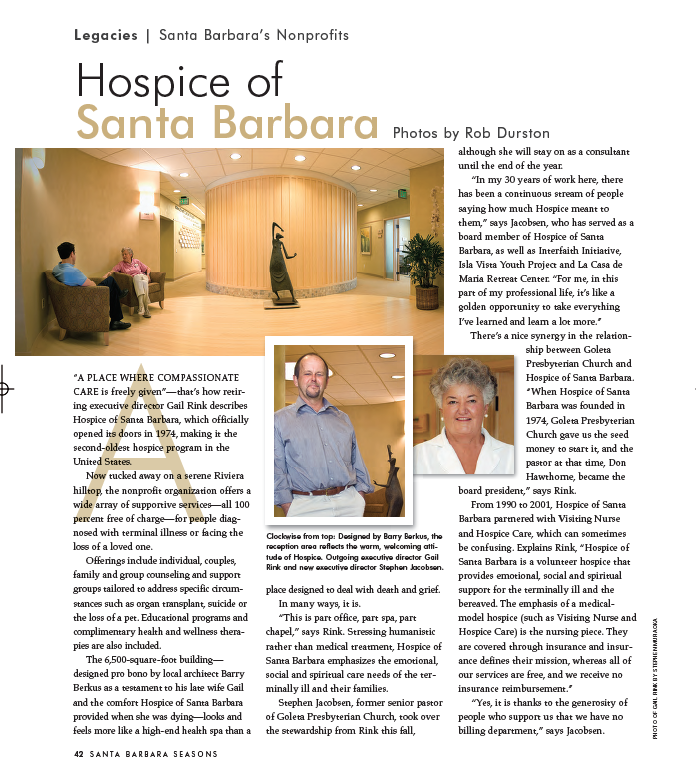 “A PLACE WHERE COMPASSIONATE CARE is freely given”—that’s how retiring executive director
“A PLACE WHERE COMPASSIONATE CARE is freely given”—that’s how retiring executive director 